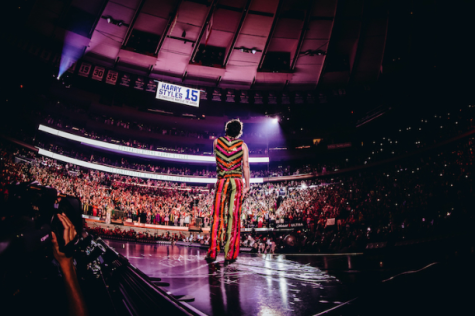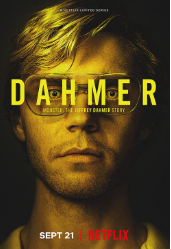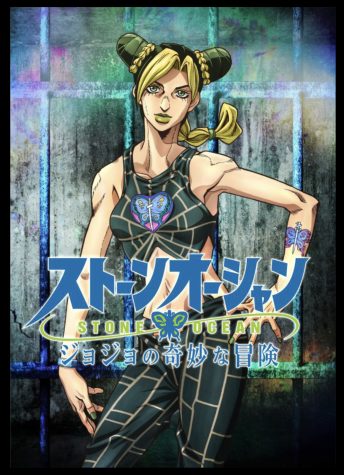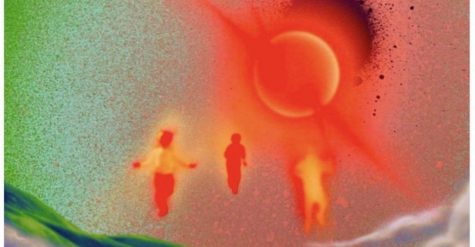An in-depth look at competitive Smash Bros.
Lights, camera, SMASH! The spotlight’s all on you as you’re on stage for the Evolution 2019 Grand Finals for “Super Smash Brothers Ultimate.” You worked hard, trained hard, and earned every right to be up on that stage against your opponent in the most explosive Smash game to date. But what exactly is competitive Smash all about? What goes into it? Why do people compete?
Competitive Smash can be dated all the way back to 2002 with “Super Smash Bros. Melee.” Melee, the second entry in the “Super Smash Bros.” series, featured 26 fighters and 29 versus stages.
“Super Smash Bros. Ultimate,” the most recent entry in the franchise, has 74 playable characters and over 100 stages to choose from. Additionally, even more fighters are slated to enhance the game’s roster in upcoming paid downloadable content. Therefore, not only have the games themselves changed over time, but the community as well.
The drive within the current community is a top reason the series continues to stay strong to this day. As more content is added to the games, there is more and more reason to keep coming back to them.
Many people often question how deep entries in the series go and the replayability behind them. To put it into perspective, fans of other fighting series such as “Street Fighter,” “Marvel vs. Capcom,” and “Dragon Ball Fighter Z” all humbly admit that “Smash” is just about the deepest fighting game series out there due to the large amount of content contained within it.
Ninja, a widely recognized Twitch figure, refers to the series as “The Chess Of Esports.” The movement, techniques, and different attacks of each character are more than enough to sell the games in terms of depth, but it can go even deeper than that.
As the series progresses, “Smash Bros.” continues to introduce new complex fighting mechanics not seen in other fighting games and improve upon old ones. On a more philosophical level, the series is underlined with advanced strategies, such as “mind games,” to edge out opponents, and wacky fast paced “footsies” to trick them.
“Smash’s” in-game engine also works far differently from that of “Street Fighter” or “Marvel vs. Capcom.” Characters are able to move freely around the stages within the game and are capable to freestyle or come up with their own combinations on the fly to a larger extent than that of the average fighting game. It is pretty visible just how deep “Smash” can get.
All of these aspects, along with the love from the community, are more than enough to show just why “Smash” has come such a long way, and is not just the button-mashing nonsense many people might think it is. “Smash’s” depth and appeal to both casual and competitive gamers shows just why it is the titan of a game series that it has become.









